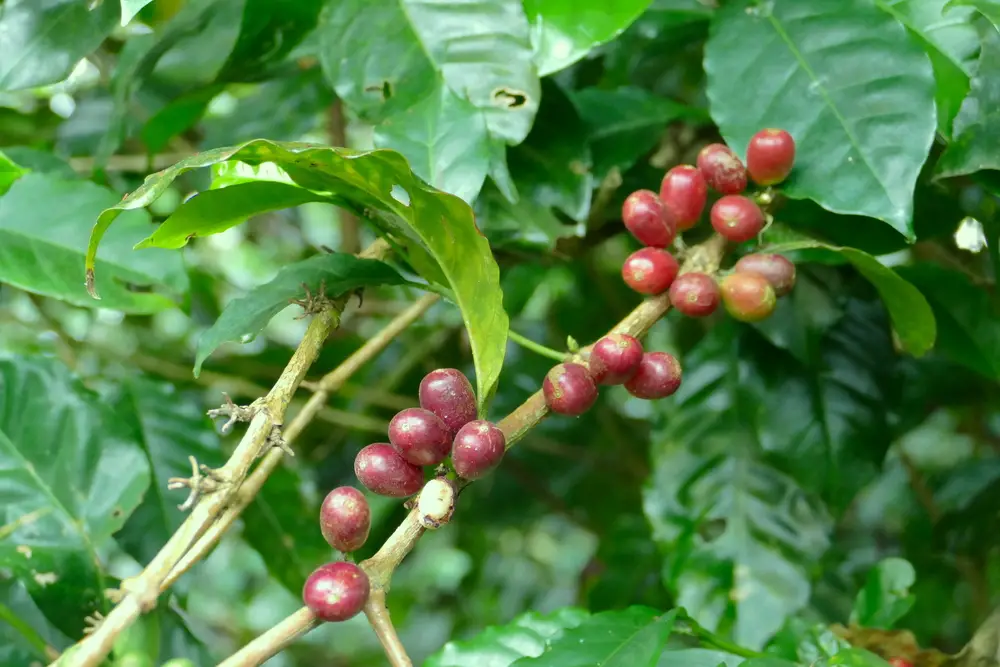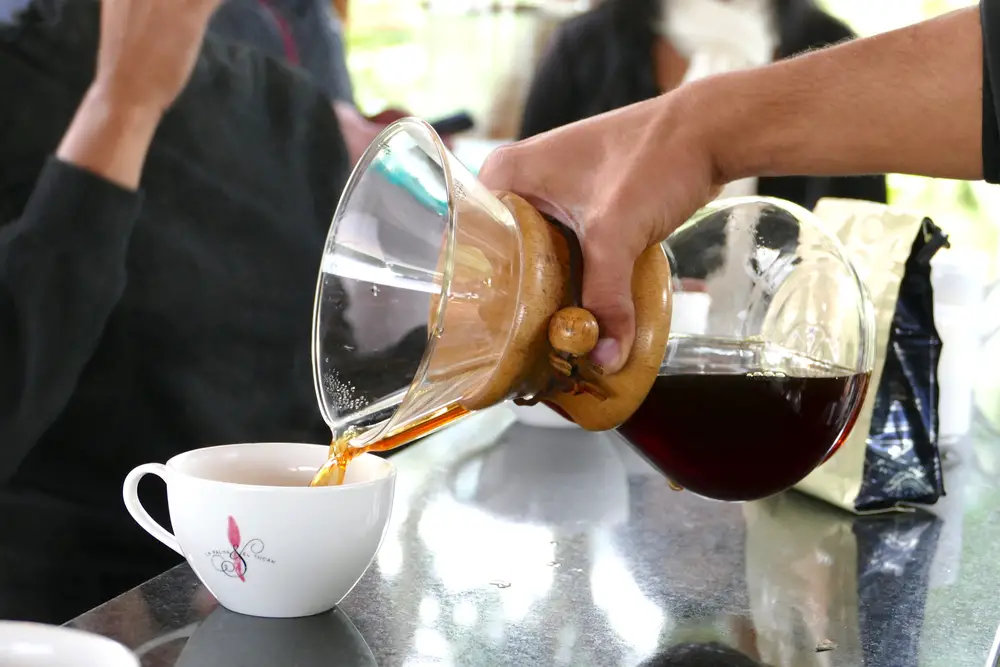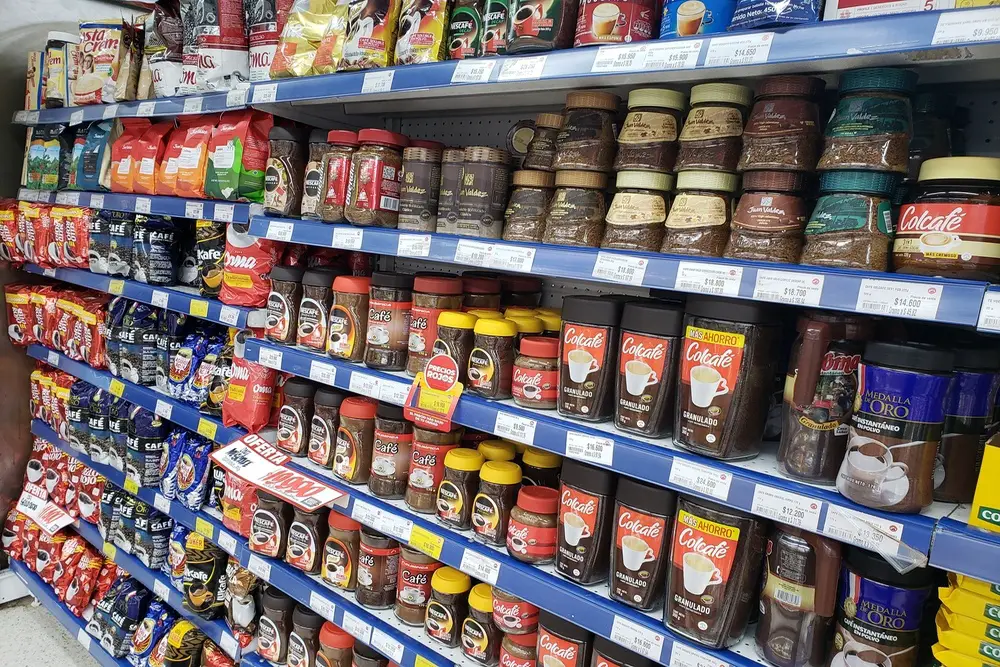If you’re a specialty coffee lover, you’ve probably heard the term microlot coffee before.
Table of Contents
What is microlot coffee?
Microlot coffee does not have a clear definition, which is often the case with terms used in the coffee industry.
Depending on who you ask, the definition of a microlot can therefore vary. In general, however, a microlot refers to a coffee that can be traced back to a specific region so precisely that the properties of each individual bean are known.
In this way it can be determined in which climate, on which soil and at what altitude the bean was grown and how it was processed.
With this in mind, we can talk about two main definitions of microlot coffee.
- Microlot coffee is coffee grown on a small plot on a single farm.
- A coffee processed in a single day at a specific coffee farm.
It is therefore crucial that the coffee is traceable, pure and above all preserves the unique flavor characteristics of a specific region.
In this way, one can understand that microlot coffee is the opposite of mixed coffee, which is characterized by coffees from different regions, different countries and even different continents.
The Commercial Meaning of the Term Microlot
The term microlot is very commonly used by marketers to denote exceptional quality coffees.
Although the definition of microlot does not necessarily require a precise description of quality, it can be said that microlot coffee is generally synonymous with high quality.
This is because the coffee farmers have to use special cultivation methods on their plots in order to harvest only the best coffee beans.
It is therefore only logical that growing and processing a plot of coffee beans separately increases production times and costs for the farmer.
Therefore, micro-plots are a unique opportunity for coffee farmers as they allow them to identify and grow on higher quality plots, in turn fetching a better price.
Is microlot coffee high quality?
Yes, microlot coffee is growing in popularity, especially since the advent of the third coffee wave.
This is reflected in an increasing number of consumers taking an interest in the origins of their coffee, including where it was grown, the conditions and processing – after all, these are the factors that give coffee its unique characteristics.
Also, today, single-source coffee can mean the product is purer and offers a special taste experience.
Small plots and sustainability of cultivation
Because of the traceability of microlots, it is easier to know how the coffee was produced and how environmentally friendly it was grown.
It also makes it easier to determine whether coffee farmers are being paid fairly for the coffee they produce.
In addition, microlot coffee offers the opportunity to find out whether the working conditions of the farmers are decent and appropriate.
Small-scale cultivation can also create long-term relationships between growers and buyers. This is because buyer feedback is easier to implement at a small scale.
In this way, coffee buyers or roasters have the opportunity to offer their customers a unique product with the microlots and at the same time make a better profit.
On the other hand, it can be said that the term microlot can be associated with what used to be called organic and/or fair-trade coffee.
How is a micro lot created?
As the name suggests, microlot coffee is small, selected batches of coffee that are graded before they are sold.
This ensures that only the beans with the best characteristics, such as aroma, color, etc., are selected. In addition, they often have unique aromas and flavors.
The situation is similar with micro-growing areas, which are laid out on a special, specially designated plot. The beans are harvested together and kept separate from other types of coffee grown on the same farm.
The cultivation techniques of the micro-plots focus on the use of natural fertilizers and manual processes that do not harm the soil and other crops.
Also, in some cases, coffee trees are grown next to banana trees or other fruit or vegetable trees, creating a symbiotic relationship.
Special characteristics of the small cultivation areas
Virtually 100% of the beans used to make a microlot are Arabica beans.
Also, the beans in each micro-batch are hand-picked to ensure only the ripest beans are harvested.
The beans are also fermented anaerobically for 24 hours to allow the outer shell to be removed without damaging the core, preserving the bean’s character.
Then the beans are washed and dried to be stored for another 30 days; only then are they ready for processing.
Each farmer is then responsible for monitoring each step of the process, which ensures high quality control, even if it affects the production of the other crops.
For this reason, it is claimed that the production of micro-plots increases the operating costs of coffee farmers.
Finally, the beans from the microlots are roasted as required or sold to external roasters.
Transparency of micro-growing areas
When a farmer produces small quantities, he is more visible in the industry, ie it is easier to recognize when a farmer produces high-quality coffee.
Because of this, it’s easier (to some extent) to get in touch with the growers so they know if they’re getting a fair price for their work.
At the same time, it is easier to “check” whether they are actually using natural and sustainable methods in the production of the small plots.
Variations in the different microlots
The coffee produced on each plot can depend on several factors such as: e.g.:
- The height of the plot
- The number of shade trees or the differences in the types of coffee
- Fertilizers used
- Harvesting techniques
Therefore, there are usually big differences in taste and aroma (not in quality) between the small plots of the same plantation.
Characteristics of a microlot
- A coffee that has been treated with particular care and, in addition, offers an exceptional taste.
- A coffee that has been carefully processed.
- A coffee that comes from a specific area, i.e. from a farm, from a specific altitude and/or from a specific variety.
- A lot of coffee collected and processed in the same day.
- A coffee that comes from a single farm or a group of farms in the same area.
Other common definitions of a micro lot are
As already mentioned, there is no single definition of the term “microlot coffee”, on the contrary, there are many and they are not always unambiguous.
More definitions for a micro lot
- A small batch of coffee from a specific farm that has not been combined with other batches.
- A small production of specialty coffee grown and processed in one place.
- A quantity of coffee processed in a single day.
- It is a coffee production that ensures reproducibility and replicability. In addition, the production of this coffee must be strictly controlled at every stage.
- It is a roasted coffee obtained from a single batch of beans in a single day.
Coffee in small quantities versus coffee in limited quantities
It’s important not to confuse a microlot coffee with what you often find in a specialty coffee shop, called “Limited Quantity Coffee,” because they’re not the same.
A microlot is a small batch of coffee, limited in quantity but capable of being continuously grown and sold.
In contrast, a “limited quantity coffee” is simply a batch of coffee of which only a few units are available.
In other words, while the term microlot refers to a type of coffee production, the term “limited quantity” simply refers to the number of stocks of a product.
So why are there different definitions of a microlot?
The reason for different definitions for microlot is that no organization has clearly defined this terminology and also the market has not demanded a clear definition until now.
Unlike organizations that can certify and indicate which coffee can be classified as organic coffee and which as fair-trade coffee, there is no central organization that standardizes what a microlot is.
Until such an organization exists, the industry, growers, sellers, roasters and consumers will continue to have differing definitions of the term “micro-lot coffee”.



